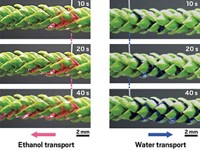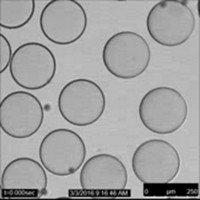Advertisement
Grab your lab coat. Let's get started
Welcome!
Welcome!
Create an account below to get 6 C&EN articles per month, receive newsletters and more - all free.
It seems this is your first time logging in online. Please enter the following information to continue.
As an ACS member you automatically get access to this site. All we need is few more details to create your reading experience.
Not you? Sign in with a different account.
Not you? Sign in with a different account.
ERROR 1
ERROR 1
ERROR 2
ERROR 2
ERROR 2
ERROR 2
ERROR 2
Password and Confirm password must match.
If you have an ACS member number, please enter it here so we can link this account to your membership. (optional)
ERROR 2
ACS values your privacy. By submitting your information, you are gaining access to C&EN and subscribing to our weekly newsletter. We use the information you provide to make your reading experience better, and we will never sell your data to third party members.
Materials
Shifty Manipulation Of Microdroplets
Microfluidic device allows easy formation, storage, and retrieval of water droplets for biomedical applications
by Celia Henry Arnaud
October 4, 2010
| A version of this story appeared in
Volume 88, Issue 40

Taking inspiration from similarly named electronic devices, Michele Zagnoni and Jonathan M. Cooper of the University of Glasgow, in Scotland, have developed a microdroplet-based “shift register,” a microfluidic device that allows easy formation, storage, and retrieval of water droplets in oil (Lab Chip, DOI: 10.1039/c0lc00219d). Such devices could be used in biological and drug-screening applications. Electronic shift registers are information storage devices in which the components are arranged in a line or in an array of lines and serially move through the device to be read. The microdroplet-based analog of the electronic devices consists of a main channel connected to either end of a wider channel containing rectangular pillars that create alternative paths for fluid flow. Water droplets flow through oil and are trapped by the pillars until they fill the register’s entire length. Droplets can be stored or moved by controlling the pressure applied to the oil and water phases. In addition, the interfaces between the droplets can be manipulated by varying the pressure. The researchers tested the system using hexadecane and biologically relevant phospholipids to generate artificial lipid bilayers.




Join the conversation
Contact the reporter
Submit a Letter to the Editor for publication
Engage with us on Twitter